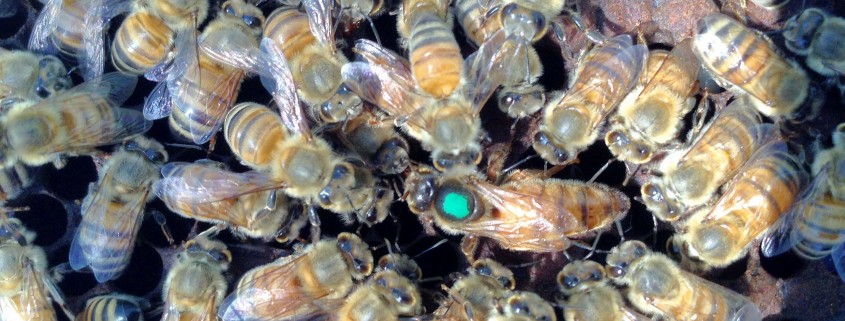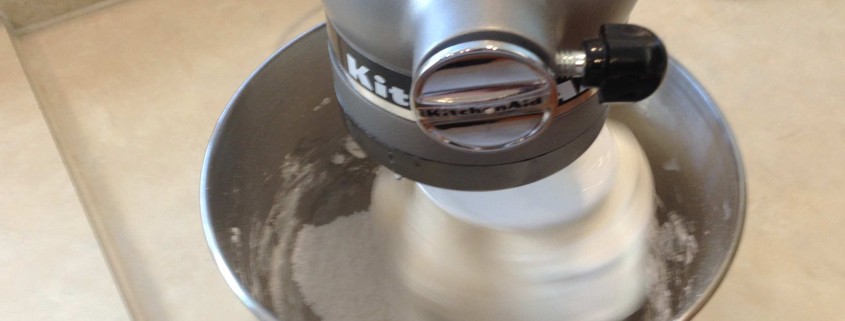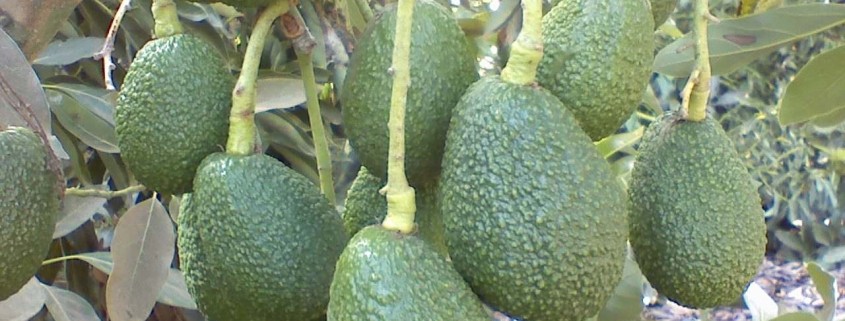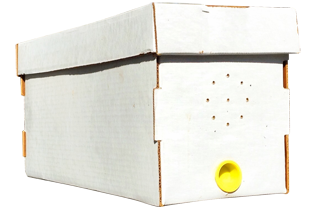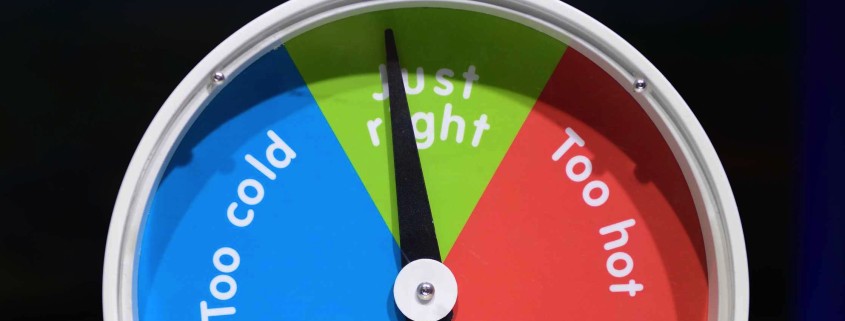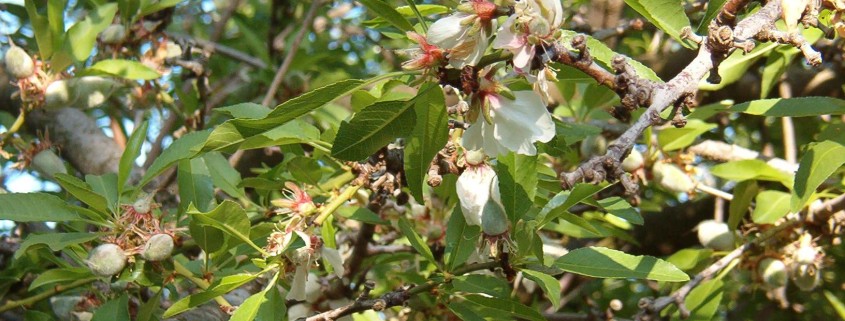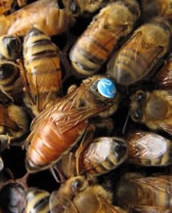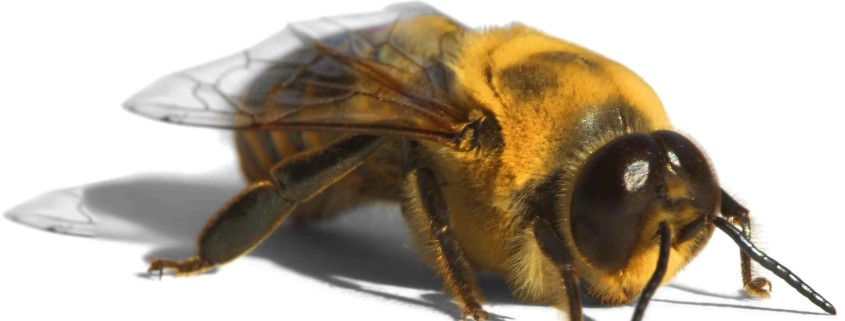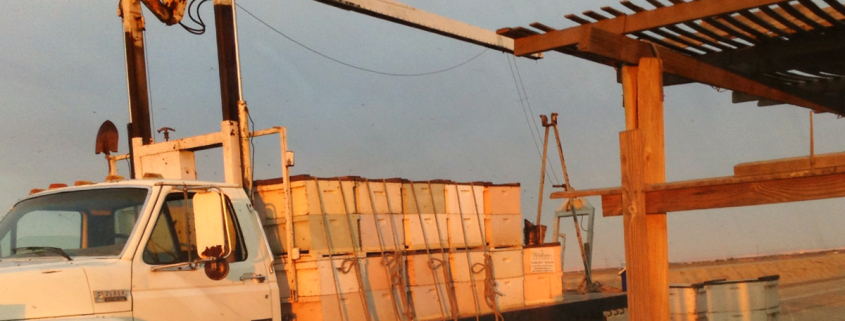Marked Queen Bees
There are many reasons to mark a queen bee, but the most important reason is so that you know that the queen that you purchased is still running the show. If the original mark is still there – good news – she hasn’t been replaced. Many beginning beekeepers also like to order their queen bees marked so that they can find her more easily. While true, this doesn’t always work, because sometimes a colony later replaces a queen. Her daughter may be the beehive’s new queen. But how are you going to find this new queen by looking for a mark that doesn’t exist? This is why, when looking for a queen, it is always best to look for her distinctive shape rather than any mark.
Nevertheless, the best part about marked queen bees is the knowledge that this marking provides. With the mark, you are certain the queen that you are looking at is the one that you purchased. For better or worse, you can now judge her performance without any risk of “mistaken identity.”
You can also use the color of the mark to determine the queen’s age. Queen breeders follow an International Color Code for determining which colors they use to mark queens in any given year. There are five rotating colors: white for years ending in 1 or 6, yellow for years ending in 2 or 7; red for years ending in 3 or 8; green for years ending in 4 or 9; and blue for years ending in 5 or 0. This young queen, with her pretty green mark, was born in 2014.

